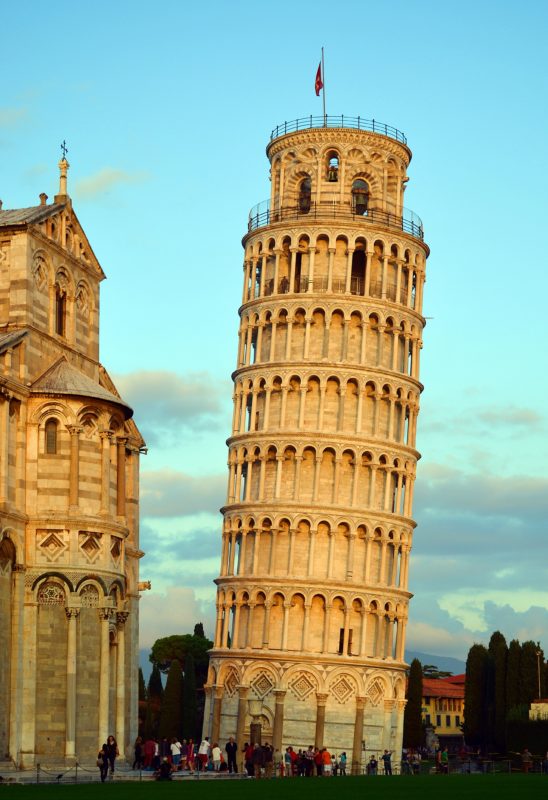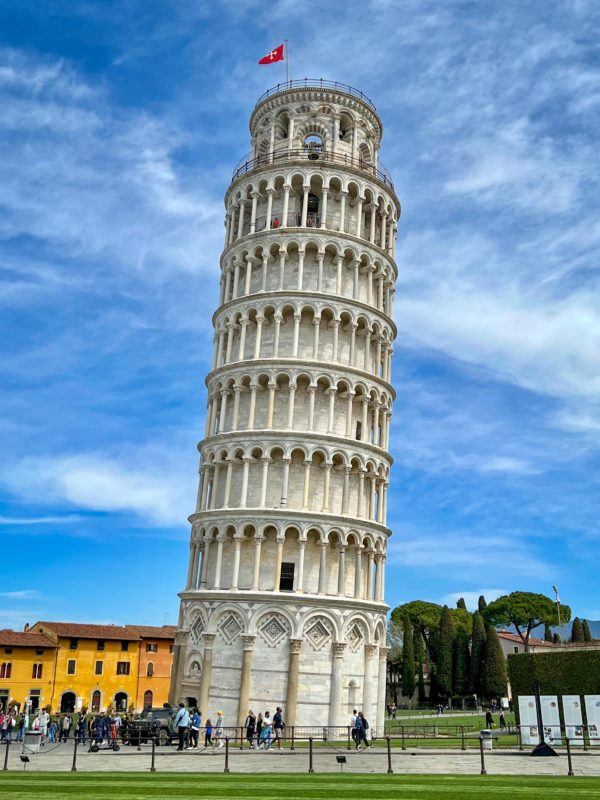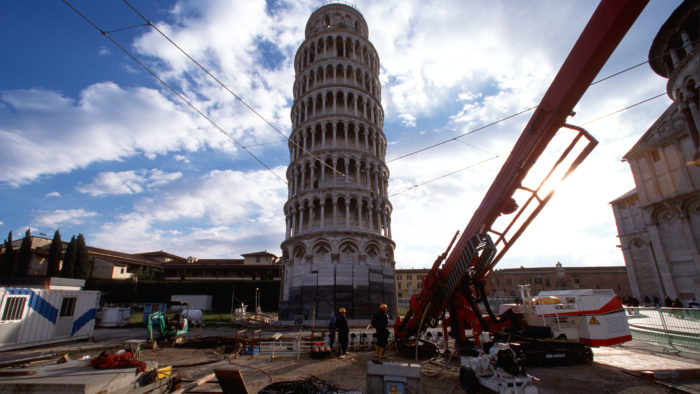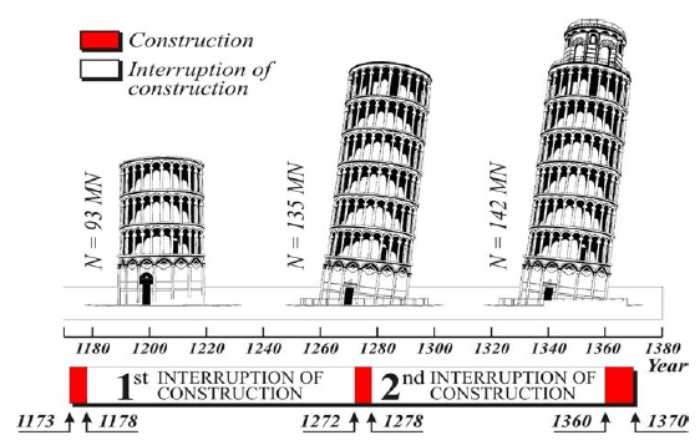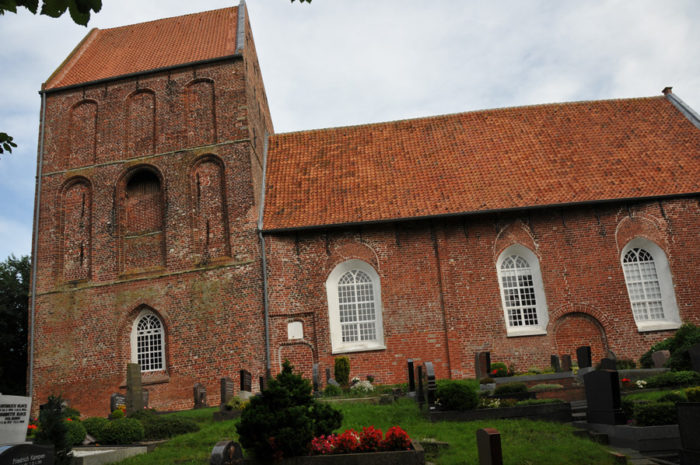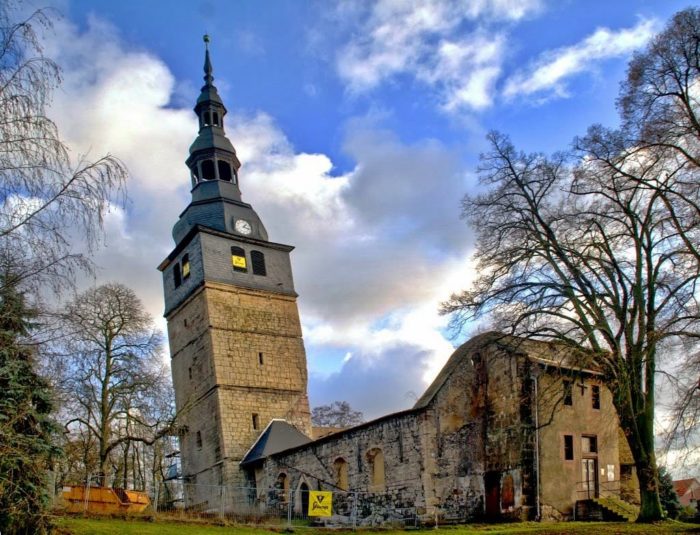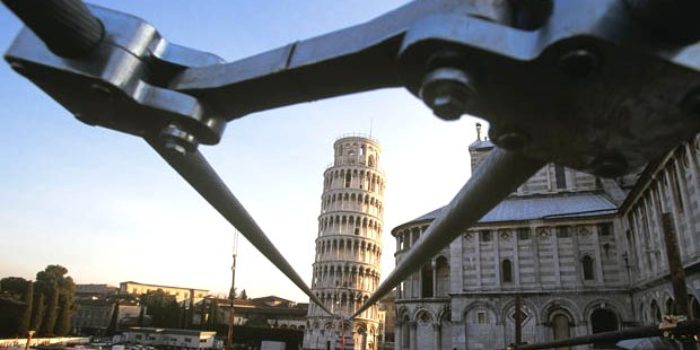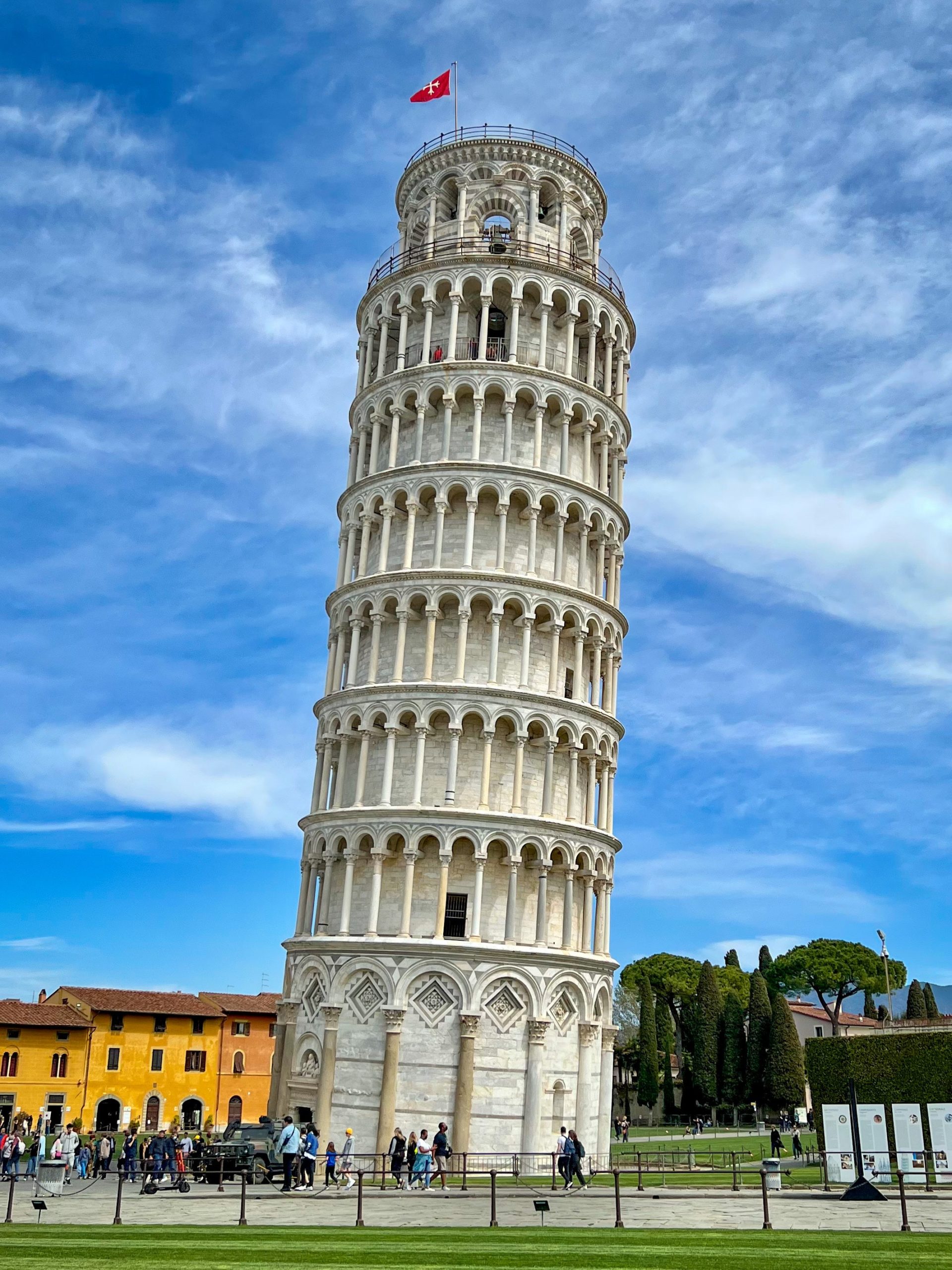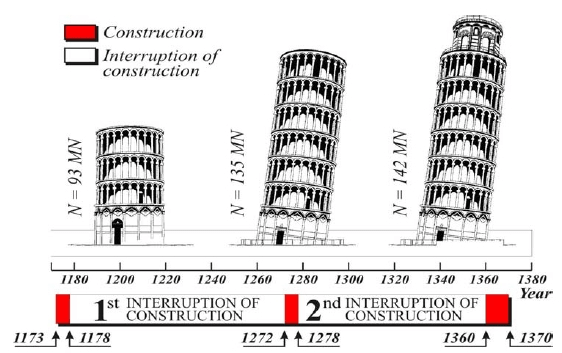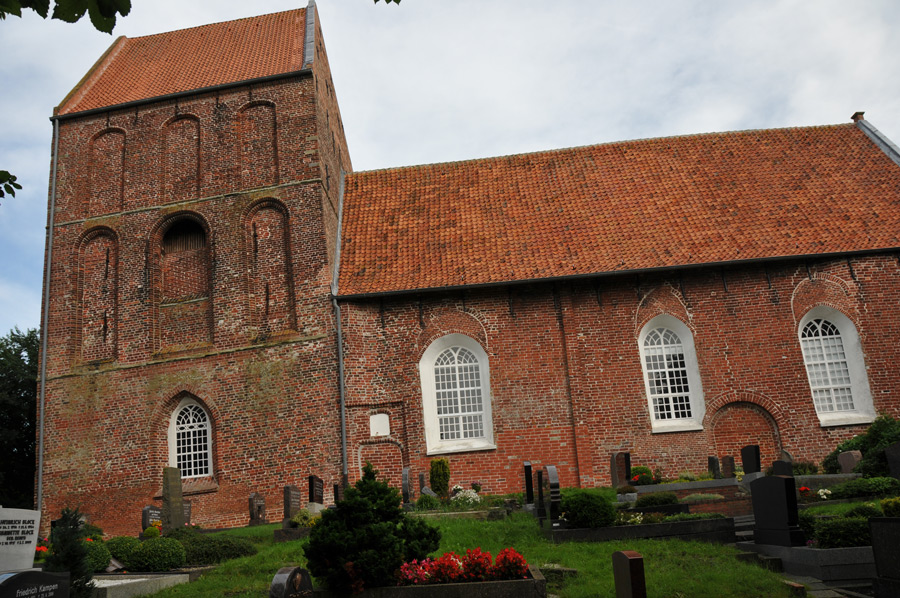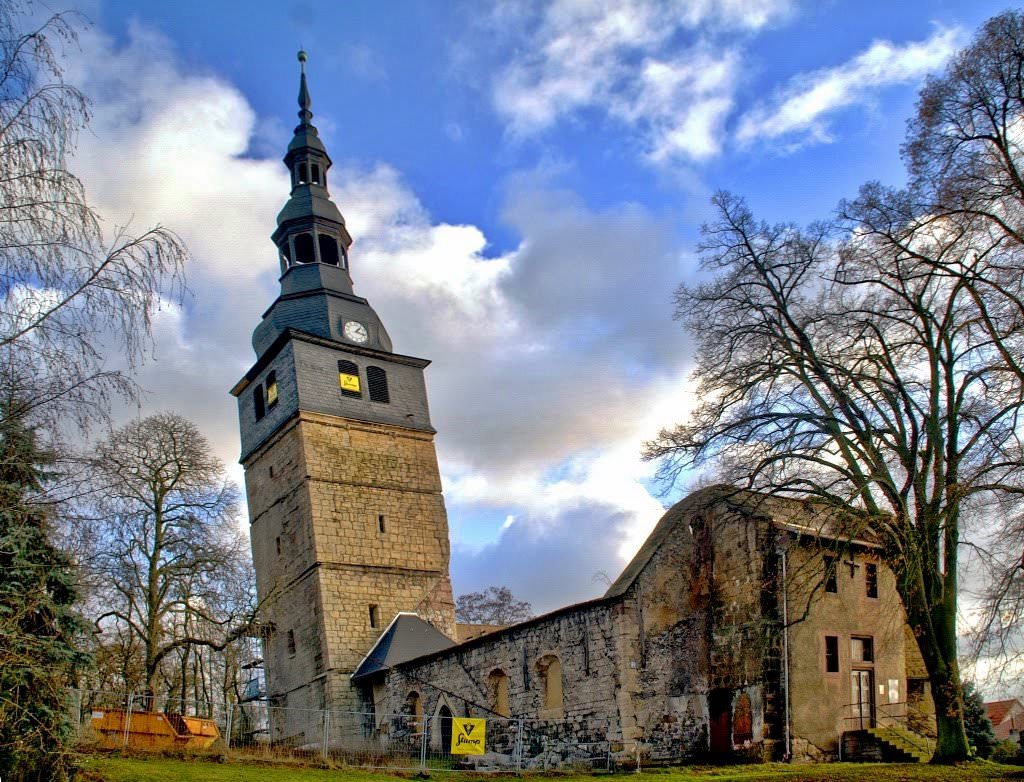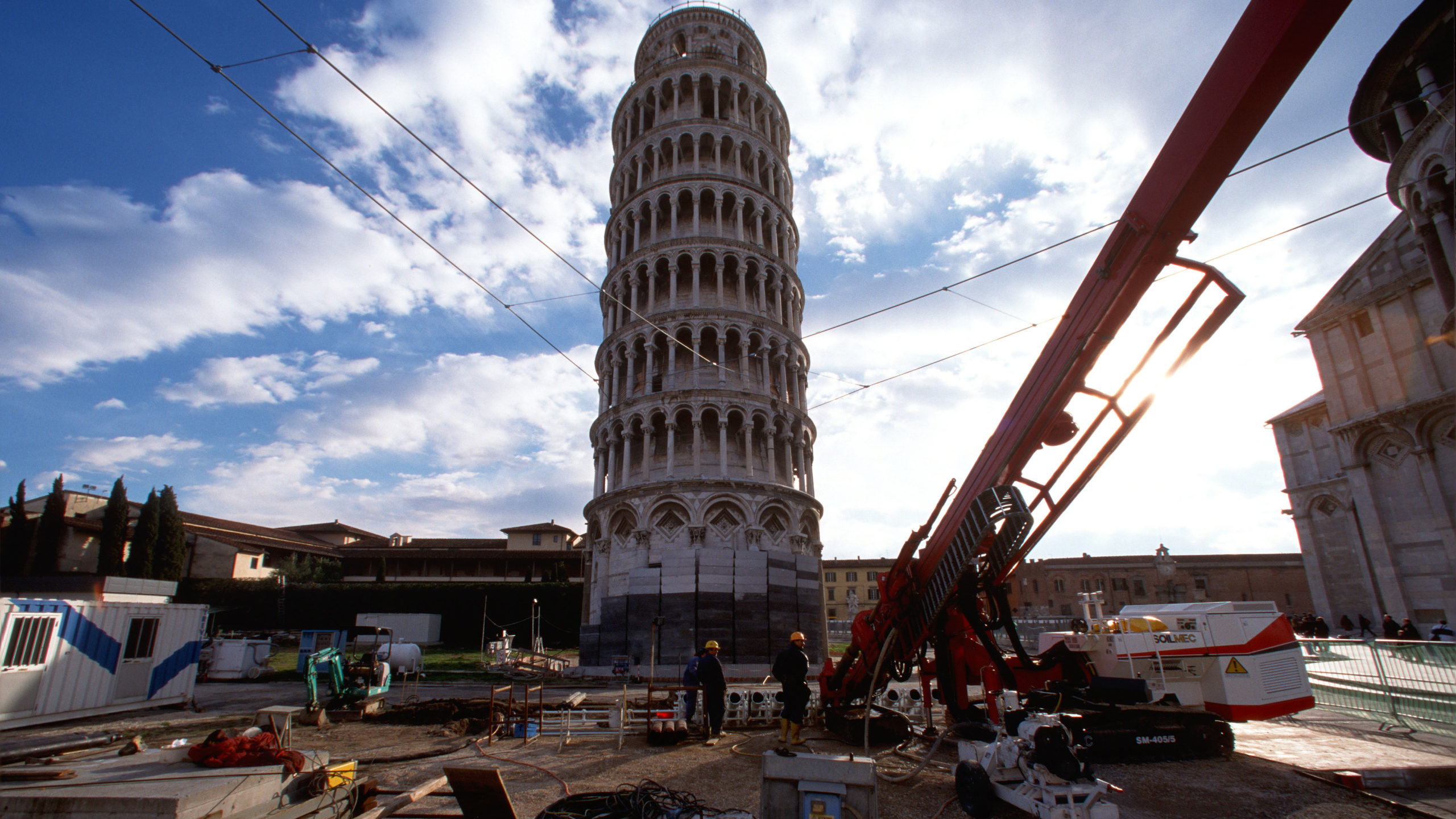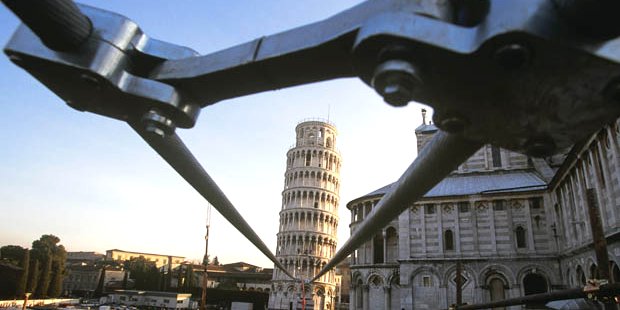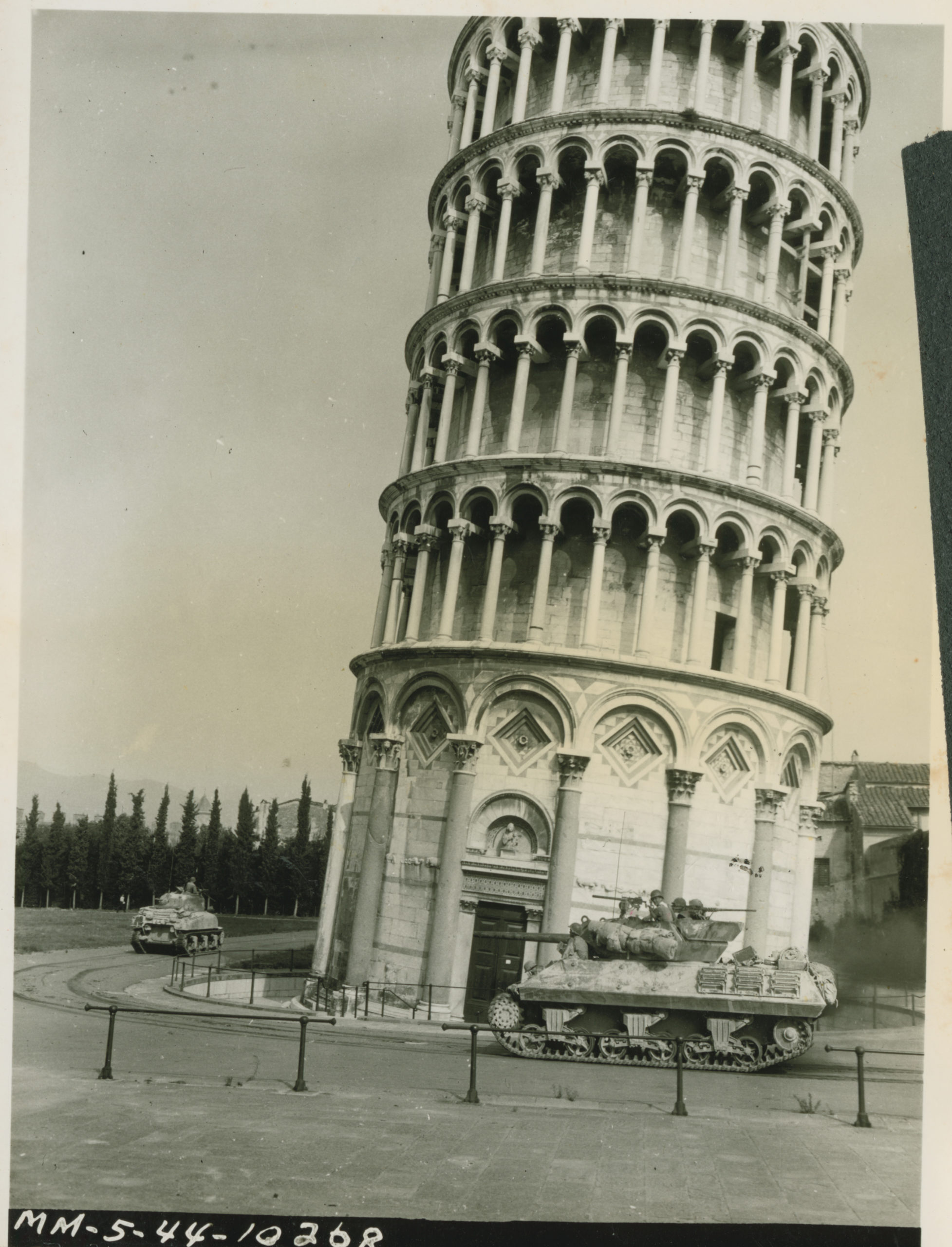The Leaning Tower of Pisa is a true architectural masterpiece that has captivated many’s hearts for centuries. Its unique and iconic lean is a sight to behold, and its rich history and cultural significance only add to its allure. The Tower is a must-see destination for those who appreciate beauty, history, and breathtaking views.
We have all seen photos of tourists posing in front of the Leaning Tower of Pisa, seemingly pushing it to one side. So, how did the Leaning Tower of Pisa become the landmark we know today? Why is it leaning, to begin with? And how come it still stands up to this day?
Also Read: You Need to See These Incredible 3D Sketches of Famous Landmarks.
A Brief Background: Where is the Leaning Tower of Pisa?
The Leaning Tower of Pisa is the freestanding bell tower of the Pisa Cathedral and is the third oldest structure in “Piazza Dei Miracoli” (the Square of Miracles). The Tower is known worldwide for its unintentional tilt, which began in the 12th Century during its construction. Apparently, the leaning resulted from the unbalanced soil making one side of the ground too soft to withstand the structure’s weight.
The Tower is a medieval piece of architecture featuring the Romanesque style, which was particularly dominant in Europe between the 10th and 12th centuries. Although. The Leaning Tower of Pisa’s construction commenced in the 12th Century and was not complete until the 14th Century.
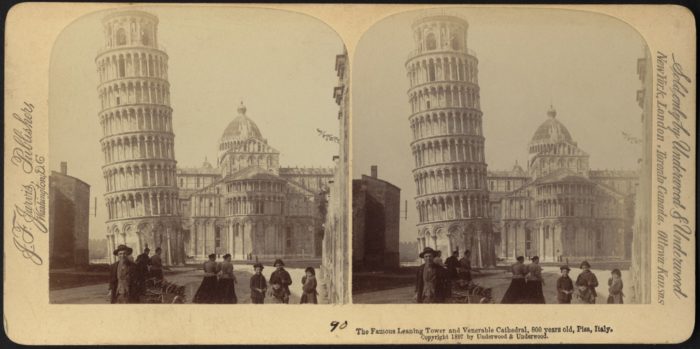
A picture of the iconic Leaning Tower of Pisa and the ancient church, Pisa, Italy, from 1897. © Digital Commonwealth
If you start counting the age of the Leaning Tower of Pisa from the time construction began in 1173, it will be exactly 850 years old in 2023. If you start counting the Tower’s age from the year it was built, you’ll find it reasonably young.
From the beginning of the excavating activities in 1172 to installing the bells in 1372, the Tower took 200 years to complete. On August 9, 1173, the first stone of the Tower was placed after Donna Berta di Bertoldo gave 60 silver coins to pay for it.
Leaning Tower of Pisa Height:
The structure’s tilt means it has variable heights at different points. It measures 55.86 meters from its lowest point to the ground and 56.67 meters from its highest point. This reflects the number of steps, which varies between 296 and 294, with the north-facing staircase on the seventh floor having two fewer steps.
Initially, the Tower leaned at an angle of 5.5 degrees; however, it currently depends at 3.99 degrees after restoration work between 1990 and 2001. Therefore, this makes one wonder what else may have altered the Tower’s appearance throughout history.
Leaning Tower of Pisa Facts:
For now, we’ll explore five reasons why the Leaning Tower of Pisa is a perfect architectural wonder worth experiencing in person. Whether you’re a history buff, an architecture enthusiast, or appreciate breathtaking views, these interesting facts will make you think of all the famous mishaps in history and how they shape architecture.
1. The Tower’s Tilt had Multiple Directions.
Many engineers tried to reverse the tilt over the years of construction by trying to build straight upwards. However, this threw off the structure’s center of gravity, making it lean in another direction. The structure was tilted southward again after construction continued, and it remained so ever since.
2. The Lean didn’t Happen over Night, and it Kept Getting Worse.
As previously mentioned, the site’s weak subsoil was not considered during planning, which resulted in the tilt. However, construction workers attempted to offset this by adding taller columns and arches on the Southern side to balance out the sinking side. As the structure neared the fourth story (out of the planned eight), the elements on the southern side were two inches taller than those on the north, yet this didn’t stop the leaning. It did, however, halt the construction for almost a Century.
Moreover, the ground underneath the structure only got weaker over time. This meant that the tilt increased gradually until the restoration works in 1990. While leveling the soil and introducing new anchoring mechanisms secured the structure by 2001, it was not until 2008 that the Tower stopped slouching after a second go at the restoration works.
3. Economics, War, and Politics all affected the Tower.
While the city of Pisa was becoming a regional powerhouse in the 12th Century, its political importance grew. New wealth was invested in construction, and the city needed places to display stolen treasures from Sicily after the sacking of Palermo in 1063. This was how the idea of constructing the “Piazza Dei Miracoli” was born. In fact, the Pisa bell Tower was designed to be the tallest of its age!
However, the costly wars in which the city-state was involved resulted in the construction delay. Eventually, it took 176 years to construct the Tower. Yet, speculations suggest that these delays may have saved the tower, allowing the soil underneath to compress.
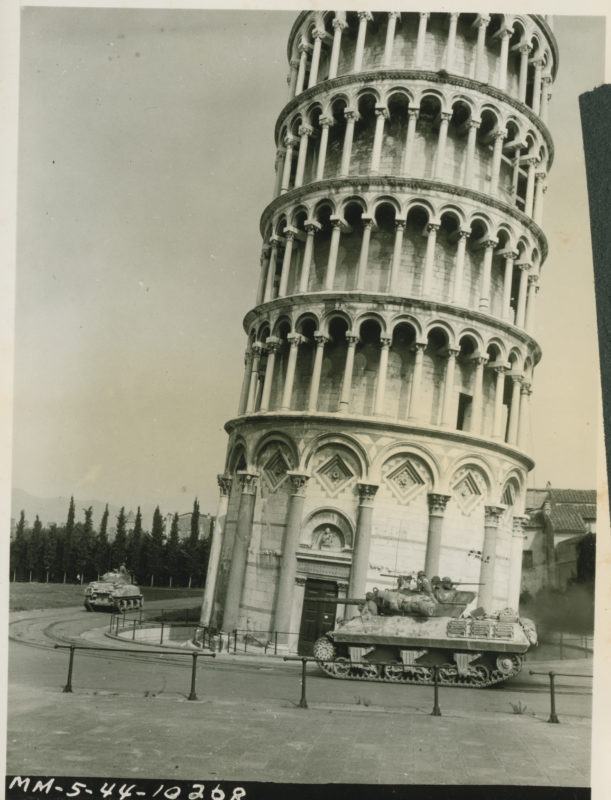
U.S. tanks roll by Pisa’s iconic leaning Tower—©The Digital Collections of the National WWII Museum.
On a more unfortunate note, Benito Mussolini, Italy’s 20th-Century dictator, was ashamed of the Tower, considering it a national disgrace. While setting out to fix it, Mussolini’s plan made matters worse. Attempting to set the entire structure straight, the base of the Tower was drilled with hundreds of holes in the ground, with grout and mortar pumped into it. However, this made the base even heavier, making the tower lean even more.
Given the building’s height, it was targeted to be torn down by American Soldiers in the Second World War as it was considered a lookout point or “nest.” Although the Tower was used by the Germans occupying Italy at the time, it is said that upon arrival, the Allies decided not to demolish it because they were fascinated with it.
4. Other Leaning Towers?
Because of the river city’s soft ground, several structures suffer from Foundational stability in Pisa. These include the 12th-Century church “Campanile of San Nicola” and the 11th-Century church “Campanile of San Michele Degli Scalzi,” which tilts 5 degrees.
Also Read: 11 Leaning Towers That Aren’t the Leaning Tower of Pisa.
Other structures have challenged the Leaning Tower of Pisa’s superlative slant. For instance, the Leaning Tower of Surhuusen in Germany, erected around the 15th Century, “out-leaned” the Tower of Pisa by 1.2 degrees, according to the Guinness record keepers. However, it should be noted that this was after the Tower of Pisa was restored. Nonetheless, other structures have surpassed the Tower of Pisa in the leaning aspect, such as that of the 14th-Century church Oberkirche in Germany and two shorter Tower in Bologna.
5. Is the Tower of Pisa Going to Fall?
With all the well-meant yet misguided attempts to set the Tower straight or maintain it, the Tower has survived so far. Thanks to the previous restoration attempt, it has been officially declared that the Tower is stable and will stay for at least another 200 years!
The incredible longevity of the Leaning Tower of Pisa speaks to the quality of its construction and is a must-visit destination for those interested in architecture and engineering. Its distinctive tilt makes it an intriguing sight. If you’re planning a trip to Italy, make sure to include the Leaning Tower of Pisa on your itinerary. It’s an experience that you cannot miss!
© Nico Siegl
© GioTech Rijeka
© Alaturka.Info
© Secret World
© Trevi
© Fabio Muzzi / Getty Images
U.S. tanks roll by Pisa's iconic leaning tower. ©The Digital Collections of the National WWII Museum.


